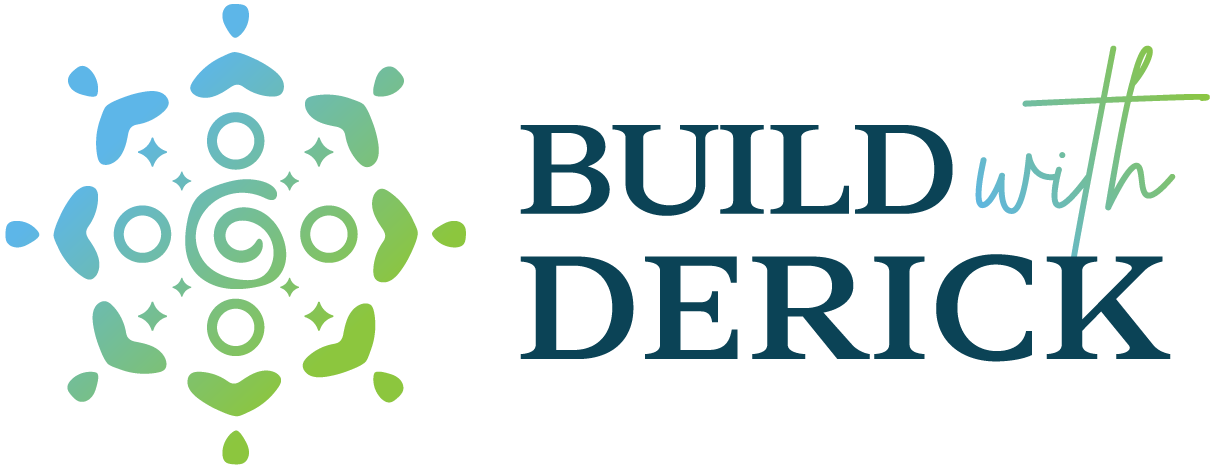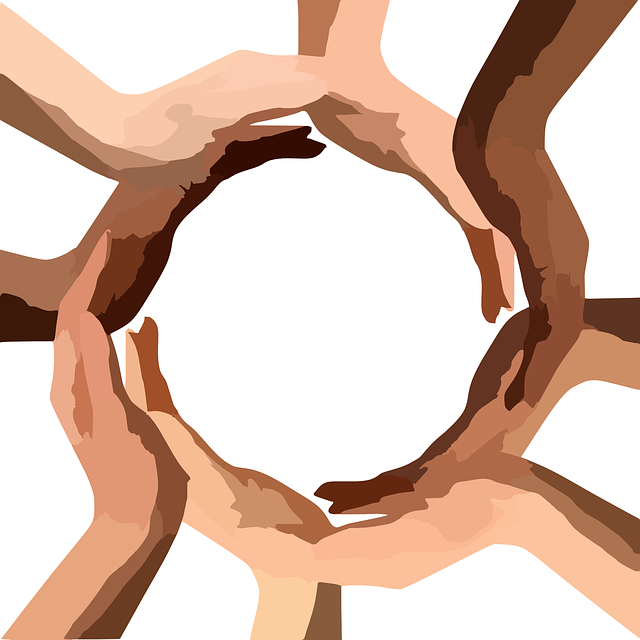So Much More Than Just a Shape! The Beauty, Versatility and Dynamism of Circles
Throughout history, the circle has served as the ideal framework for empowering a group’s unique journey toward self-governance and management. From ancient tribal rituals used in healing, storytelling, dance, and music to today’s online communities, circles have provided a natural structure for confirming group identity and fostering connection, collaboration, and shared purpose. Read my last post on the DNA of Organizational Transformation.
Just think of all the wisdom that’s been shared and everything that’s been healed, celebrated, decided, and created while sitting around council rings and campfires as well as “walking the circle” in the Chinese martial arts style of Bagua Zhang or meditative labyrinths. I’ve greatly enjoyed both of these practices and found them very beneficial for navigating change and finding calmness within transition and transformation.
Since the beginning of time, circles have been used by traditions and cultures worldwide to gather and create togetherness. Not only was inviting someone into your circle an act of trust, acceptance, and a willingness to share, it provided warmth and safety. Reflecting on this ancient wisdom, we are currently undergoing a restoration of circle traditions which are reconnecting us with the collective.
Ten Core Elements and Profound Benefits of Being Part of a Circle
Relational: To be part of a circle is to be in a relationship with others. Circles are welcoming and foster authentic communication through being heard deeply.
Intentional: This is an intentional or sacred space that brings presence, awareness, sharing, dynamism, and love.
Respectful: Participants in the circle accept that all parts are equal—no one is above another. There is a genuine opportunity to contribute and communicate and be in a relationship as equals as well as a respect for the confidentiality of participants’ stories.
Centered: Circles have a natural center, and each participant faces that center in a way that organically brings shared understanding and open communication.
Energetic: Circles hold and reflect the energy of their participants and can soften, harmonize, and nurture this energy to make communication more fluid.
Heartful: Participants are encouraged to speak “from the heart” when sharing and empathetically listen “from the heart” when another person is talking.
Supportive: The circle has a structure that holds it and facilitates a beginning, middle, and end. This helps participants to trust the process.
Accepting: Circles meet and accept participants exactly where they are. Having an open heart, open mind and open will is key.
Creative: Circles amplify our power to build and create.
Evolving: When wisdom is seamlessly shared through its participants, circles become emergent and create a “budding” space ideal for growth and collaboration.
Our Natural Preference for the Circles Is Even Supported by Science
Omnipresent in nature, circles—the ultimate curvilinear shape—have been infused into every conceivable cultural arena from art, architecture and emojis to religion, coins, and sports. In The Book of Circles, designer and author Manuel Lima discusses our natural human attraction to this simple shape and the spheres of knowledge it represents.
Key points in our universal evolutionary attraction to the circle shape include:
Our preference is for shapes and objects that evoke feelings of safety rather than fear, threat and injury, which are often triggered by sharp angles and pointed features, i.e., thorns and spines of a plant, an animal’s sharp teeth, or the cutting edge of a rock. Studies showed that sharp-cornered objects caused much greater amygdala activation than rounded objects. Circles have naturally attractive attributes; they feel safe, gentle, pleasant, graceful, dreamy, beautiful, and symmetrical, which produce a state of calmness, peacefulness, and relaxation.
Human faces and the emotions they express rely on simple geometric shapes, i.e., happy faces resemble an expansive circle, while angry faces resemble a downward triangle. 😊😀vs.😖😡!
The human eye itself—a spherical orb with round elements like the iris and pupil—creates a circular frame for our visual field. Our innate preference for matching geometric shapes is also seen in the age-old hypnotic effect of concentric circles, which is the subject of many optical illusions.
Join My Upcoming Heart Circle
Explore learning circles and reserve your spot in my free upcoming virtual Heart Circle for change agents, current and emerging leaders, and community builders on Friday, March 17 from 2:00 PM to 3:30 PM EST.
Learn more about this online event—Building Togetherness while Leading Change. I look forward to meeting you!






